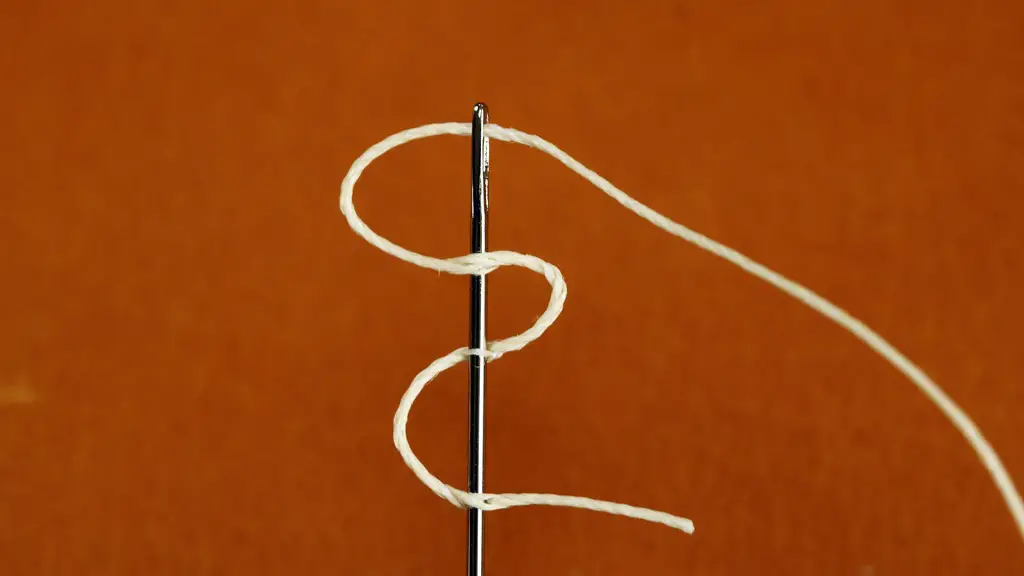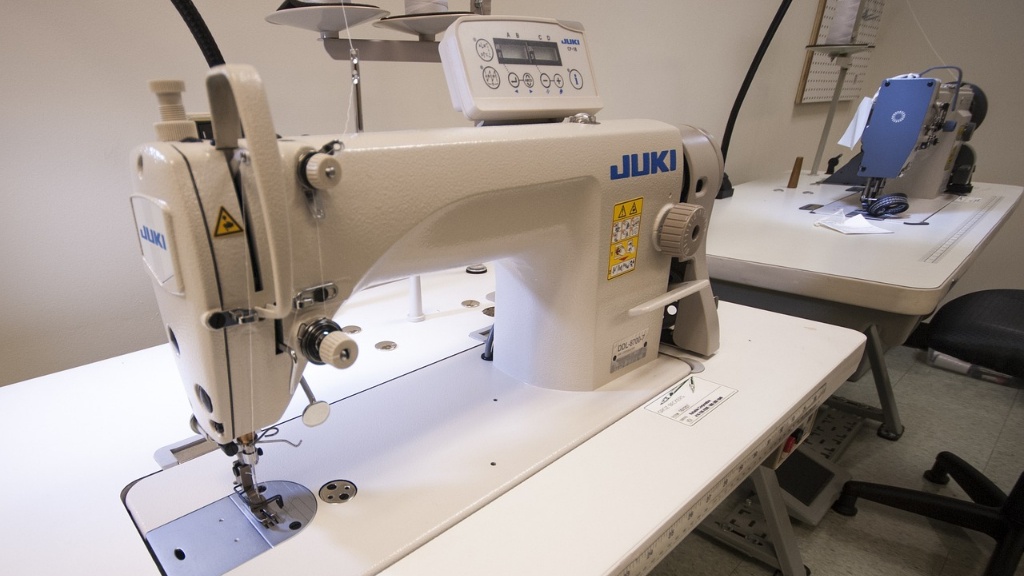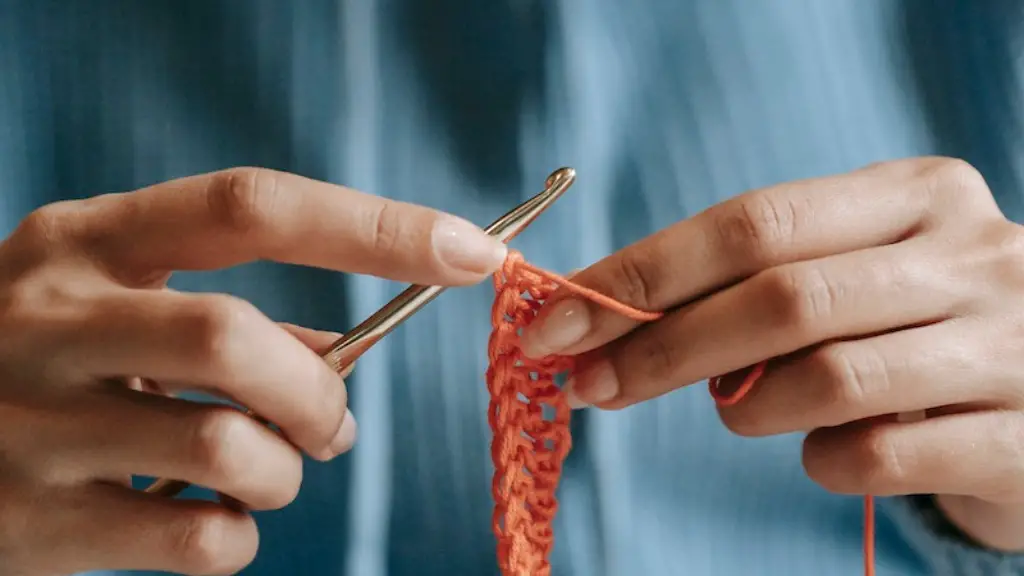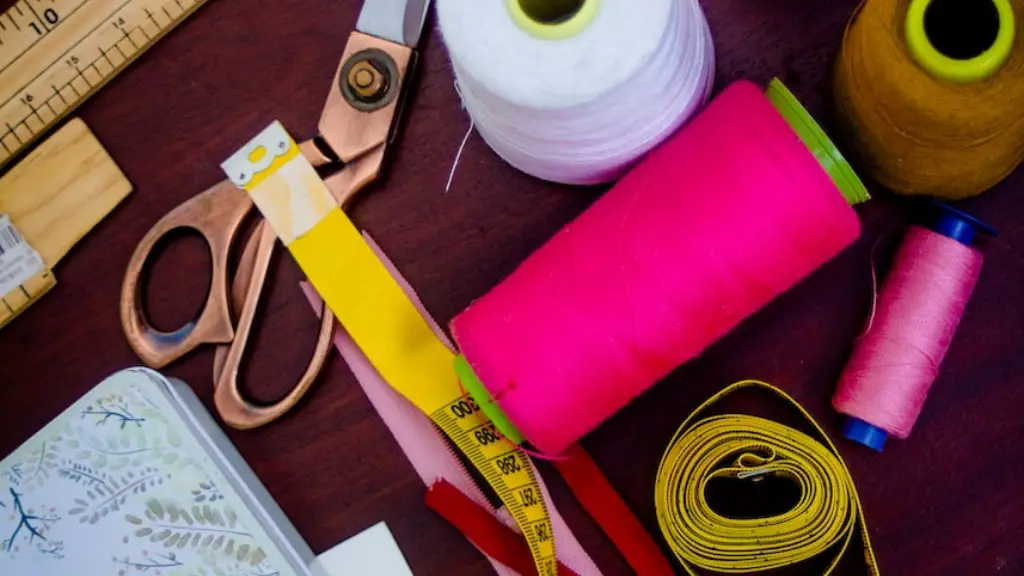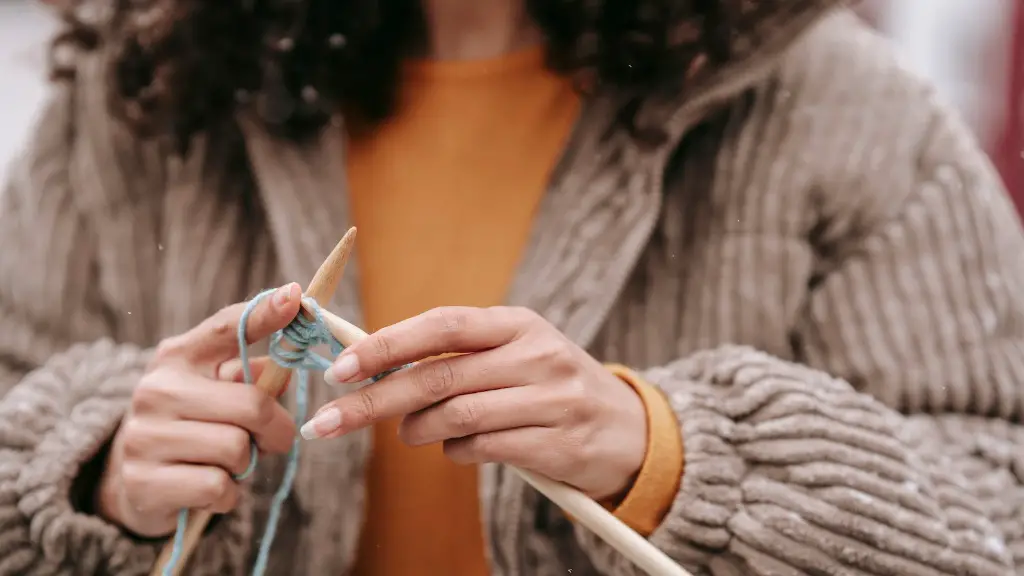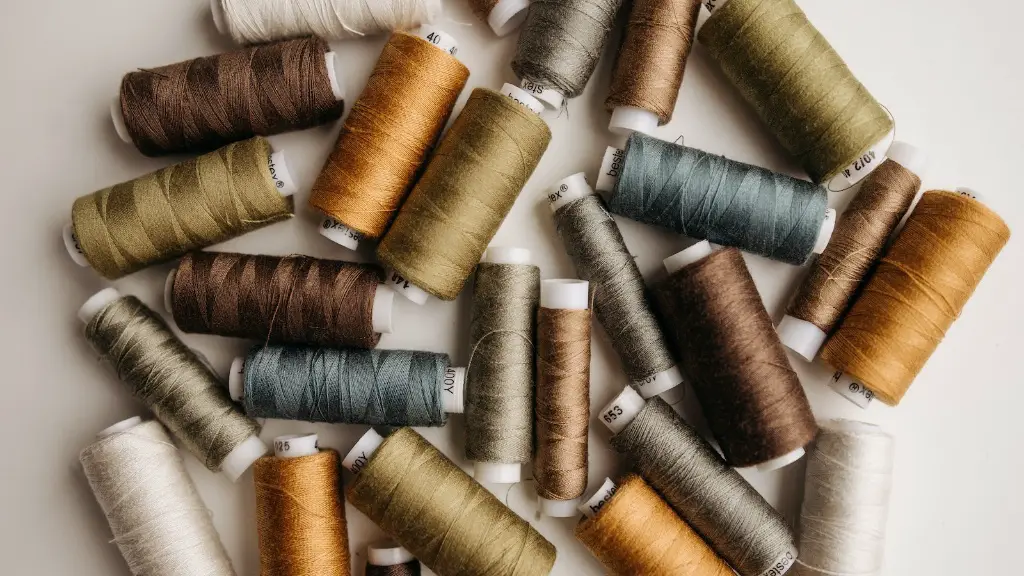Sewing machines have been around for centuries and still remain as a popular and necessary tool for many projects. Though the quality of the construction has changed since the first known machine was invented in the 1800s, modern sewing machines tend to be much more durable. So, how long can a good quality, well-maintained sewing machine last?
As with any machine, it’s impossible to answer this question with 100% certainty. However, there are some factors that can help you determine how long your sewing machine will last. The quality of the machine is the most important factor. Generally speaking, better quality machines have strong metal parts and are built to last longer than budget models.
Another important factor is the maintenance that goes into the sewing machine. Properly cleaning and lubricating the machine on a regular basis will help keep it in good condition. Regular use also helps to keep the machine running smooth and stops rust and corrosion
With proper maintenance and a quality machine, many sewing machines can last 10 to 15 years or even longer. The type of machine can also determine how long it lasts. For example, industrial machines are made to be more durable, and can last much longer than a home model.
Most sewing machines also come with warranties, which can be a great way to get an estimate of how long the machine is intended to last. Warranties also cover any repairs or replacements for faulty parts, so it’s important to understand your warranty coverage before purchasing a machine.
In addition to warranties, there are also many other ways to protect your machine. It’s crucial to store your machine in a safe place, away from heat and moisture, as both can cause rust and other damage. Regular maintenance and a high quality machine cover may also help to extend the life of your machine.
Signs of Sewing Machine Wear and Tear
Keeping an eye out for signs of wear and tear can also help determine how long your sewing machine will last. Common signs of wear and tear include squeaky sounds when using the machine, skipping stitches, or difficulty threading the needle. If you notice any of these problems, it is best to take it in for servicing or repair as soon as possible.
It is also important to look out for any signs of rust or corrosion which can be caused by humidity or moisture. Rust will eventually damage the machine if it is not taken care of and can lead to a shorter lifespan.
Finally, if you’re buying a used machine, it’s a good idea to have it inspected by a professional before you buy it. An experienced technician will be able to identify any potential problems or signs of wear and tear that may indicate a shorter lifespan or cause problems down the line.
Servicing Sewing Machines
All sewing machines require regular maintenance to keep them running smoothly. This includes cleaning, oiling, adjusting the tension and replacing worn parts. Regular servicing will help keep the machine in good working order and may help increase its lifespan.
It is best to take your machine to a qualified technician who can provide quality service and advice. They will be able to spot problems that may not be visible to the untrained eye, as well as provide tips on how to maintain it yourself.
Sewing machines are a valuable tool for many projects and keeping yours in good condition will help ensure it lasts for many years to come. With the right maintenance and quality parts, your machine should last 10 to 15 years or longer.
Choosing the Best Sewing Machine
When you are deciding which sewing machine is right for you, it is important to consider the quality, durability, and maintenance required. Investing in a higher quality, well-maintained machine will help ensure it lasts a long time.
It is also helpful to read reviews for any machines you are considering, as this can offer valuable insights into the machine’s performance and how long it may last. Look for reviews that discuss warranty coverage and any maintenance tips that may help increase the life of your machine.
Finally, considering any future projects you may take on can help determine which machine is best for your needs. If you’re planning on taking on more ambitious projects in the future, it may be wise to invest in a machine that is capable of more intricate work.
Sewing Machine Accessories
In addition to longevity and quality, there are some other factors to consider when buying a sewing machine, such as accessories and special features. Many sewing machines come with accessories like feed dogs or attachment feet, which can be useful additions when tackling bigger projects. Some even come with built-in lighting, thread cutters, or other special features that can make sewing much easier.
It is important to do your research and make sure you buy a machine that suits your needs and has all the features you require. This will help ensure you get the most out of your machine and that it will last for many years to come.
Make the Most Out of Your Sewing Machine
Making sure your sewing machine is taken care of properly is the best way to extend its lifespan. Regular cleaning, oiling, and adjusting the tension are all crucial for keeping it in good condition and ensuring it lasts for many years.
It is also important to use your machine correctly, as this can help enhance your sewing experience and extend the life of your machine. For example, make sure you use the appropriate needle size and type of fabric for each project, as this will help to avoid any unnecessary wear and tear.
Finally, if you ever have any questions or need repairs, it is always best to contact a qualified technician. They will be able to provide advice and any necessary repairs to help ensure your machine is in the best possible condition.
